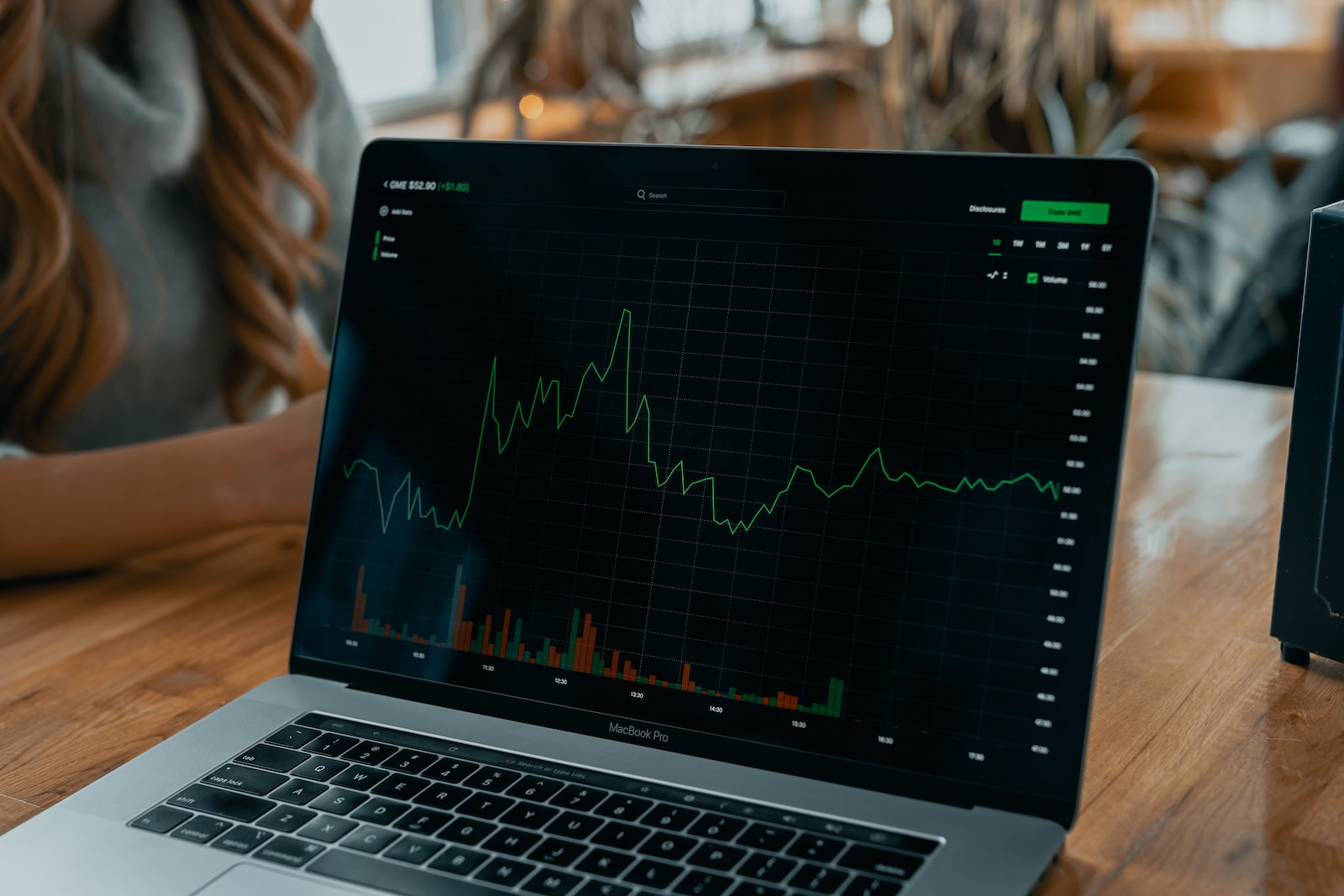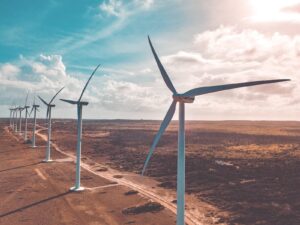Sustainable development is a concept that has gained significant attention in recent years. It refers to the practice of meeting current economic needs while ensuring the long-term viability of the Environment and society. Balancing economic growth and environmental protection is crucial for achieving sustainable development. This article explores the importance of this balance and provides strategies for policymakers to achieve it.
The economic perspective
Economic growth is often seen as a fundamental driver of development. It brings numerous benefits, such as increased job opportunities, higher living standards, and improved infrastructure. However, it can also have negative impacts on the environment. Industries that rely on fossil fuels, for example, contribute to air and water pollution and greenhouse gas emissions.
Nevertheless, sustainable economic practices can mitigate these negative impacts. For instance, the adoption of green technologies and renewable energy sources can Reduce reliance on fossil fuels and promote cleaner production methods. Additionally, investing in sustainable industries, such as renewable energy, can create new job opportunities and stimulate economic growth.
The environmental perspective
Protecting the environment is vital for ensuring the well-being of current and future generations. Environmental degradation, caused by activities like deforestation, pollution, and overconsumption of resources, has far-reaching consequences. It leads to the loss of biodiversity, climate change, and the depletion of natural resources.
However, sustainable environmental practices offer viable solutions. For instance, implementing sustainable resource management strategies can help protect ecosystems and ensure the availability of resources for future generations. This includes practices like responsible forestry, water conservation, and waste reduction.
The need for a balanced approach
Recognizing the interdependence of the economy and the environment is crucial for achieving sustainable development. A balanced approach is necessary to address both economic and environmental concerns effectively. Policymakers must prioritize strategies that promote economic growth while minimizing negative environmental impacts.
To achieve sustainable development, policymakers can implement several key strategies:
- Implementing green technologies and renewable energy sources: This transition can reduce reliance on fossil fuels, decrease pollution levels, and promote the development of sustainable industries.
- Promoting sustainable resource management: This includes measures like protecting natural habitats, implementing sustainable agriculture practices, and promoting responsible extraction and use of resources.
- Encouraging responsible consumption and production patterns: Policymakers can promote sustainable consumption by incentivizing eco-friendly choices, implementing waste reduction programs, and raising awareness about the importance of responsible consumption.
Case studies
Examining successful examples of countries implementing sustainable development policies can provide valuable insights. For instance, Costa Rica has made significant progress in environmental conservation by implementing policies such as reforestation initiatives and renewable energy investments. The country has achieved a balance between economic growth and environmental protection, positioning itself as a global leader in Sustainability.
Lessons can be learned from these case studies, emphasizing the importance of long-term planning, stakeholder involvement, and policy coherence. Policymakers should analyze these success stories and adapt relevant strategies to their own contexts.
Policy recommendations
To prioritize sustainable development, policymakers must integrate sustainability into policymaking processes. This involves considering environmental and social impacts alongside economic goals. Additionally, collaboration between various stakeholders, including government, businesses, and civil society, is crucial for successful implementation.
Strategies for promoting sustainable development include:
- Developing comprehensive sustainability plans: Policymakers should create long-term strategies that set clear goals for economic growth and environmental protection.
- Providing incentives for sustainable practices: This can include tax credits for businesses implementing sustainable practices, grants for research and development of green technologies, and subsidies for renewable energy projects.
- Investing in education and awareness: Promoting sustainable development requires public support and understanding. Policymakers should invest in educational campaigns to raise awareness about the importance of sustainability and provide training opportunities in sustainable practices.
Conclusion
It is essential for policymakers to strike a balance between economic growth and environmental protection. Sustainable development requires a holistic approach that recognizes the interdependence of the economy and the environment. By implementing strategies such as green technologies, sustainable resource management, and responsible consumption patterns, policymakers can achieve a harmonious and sustainable future for present and future generations.













